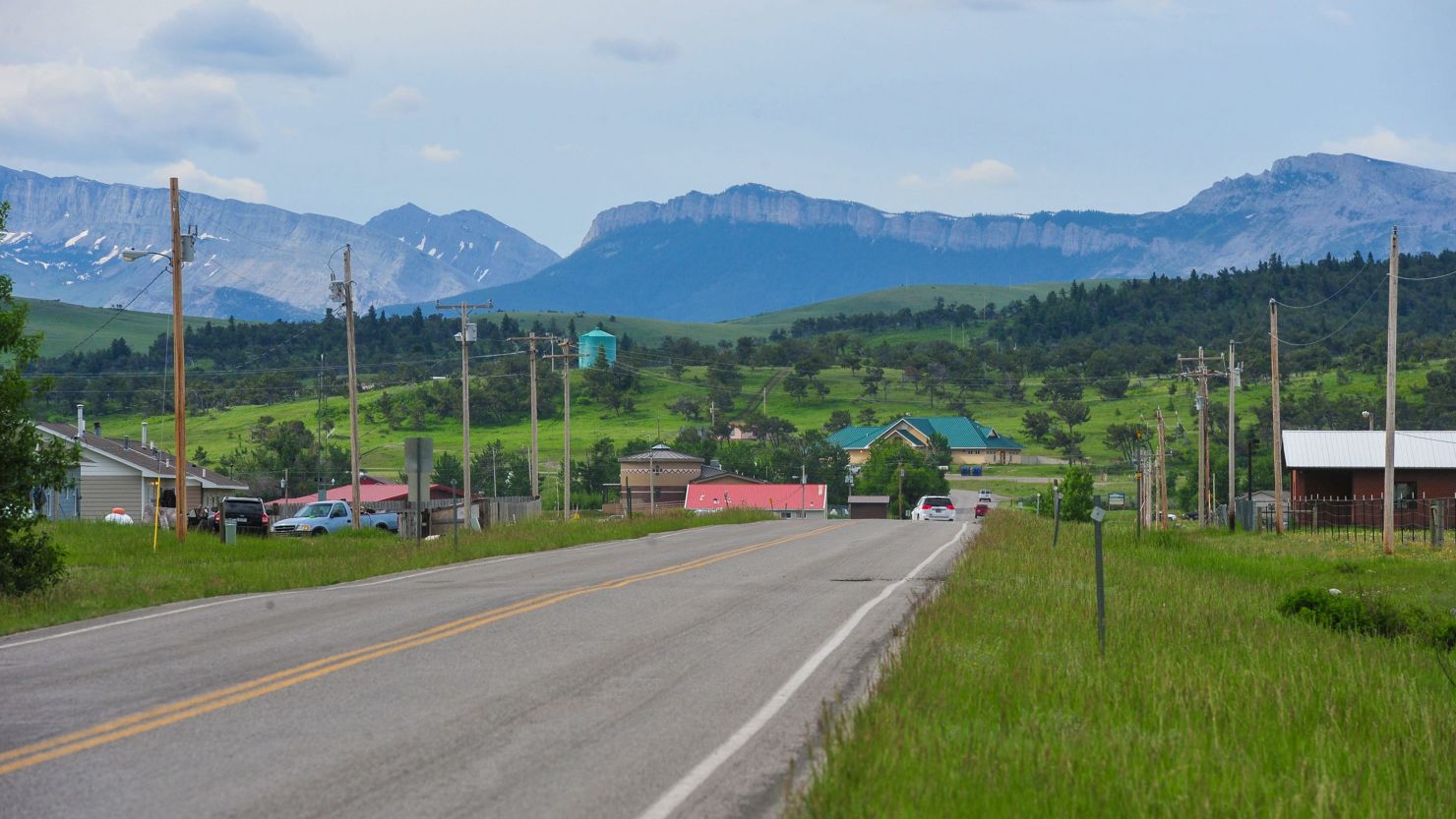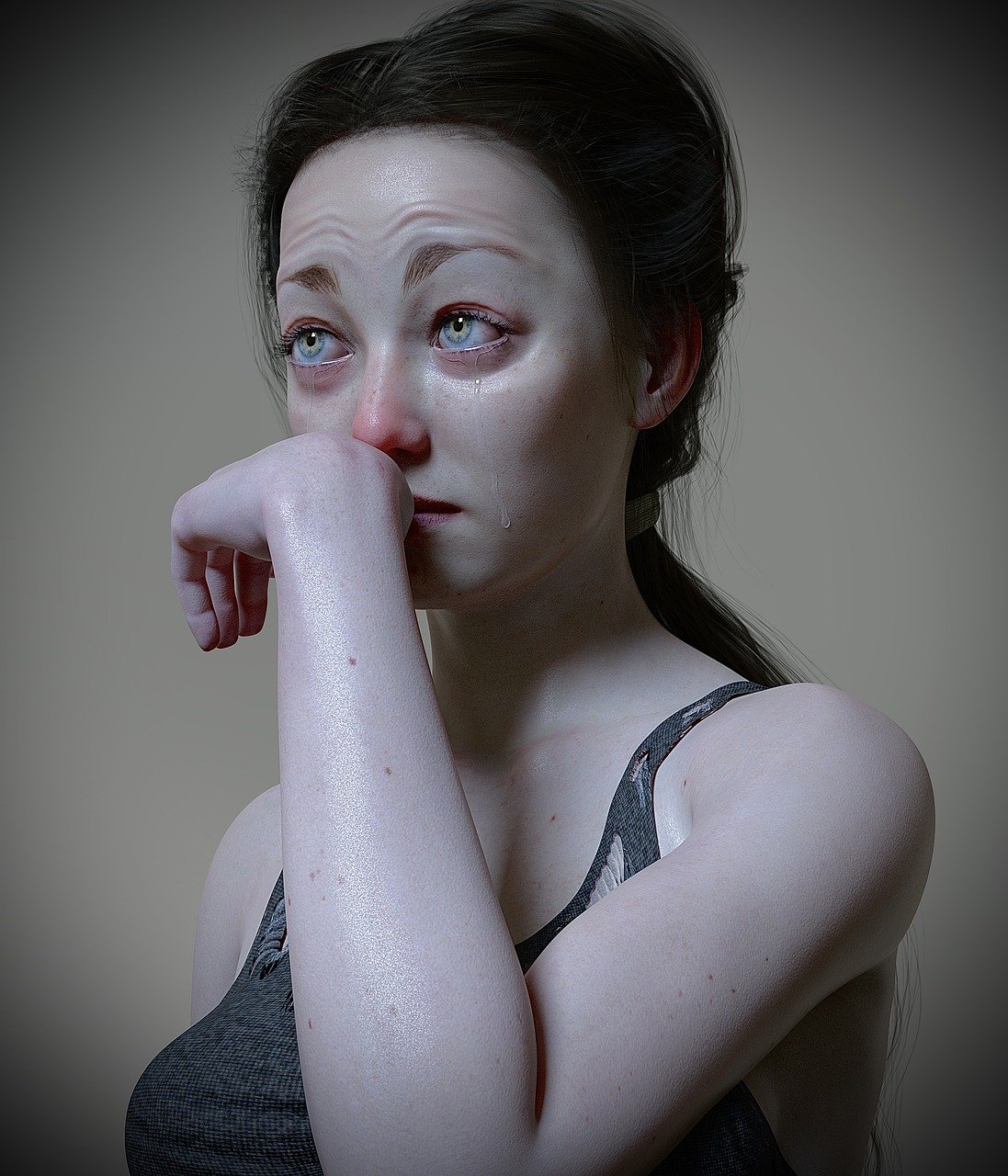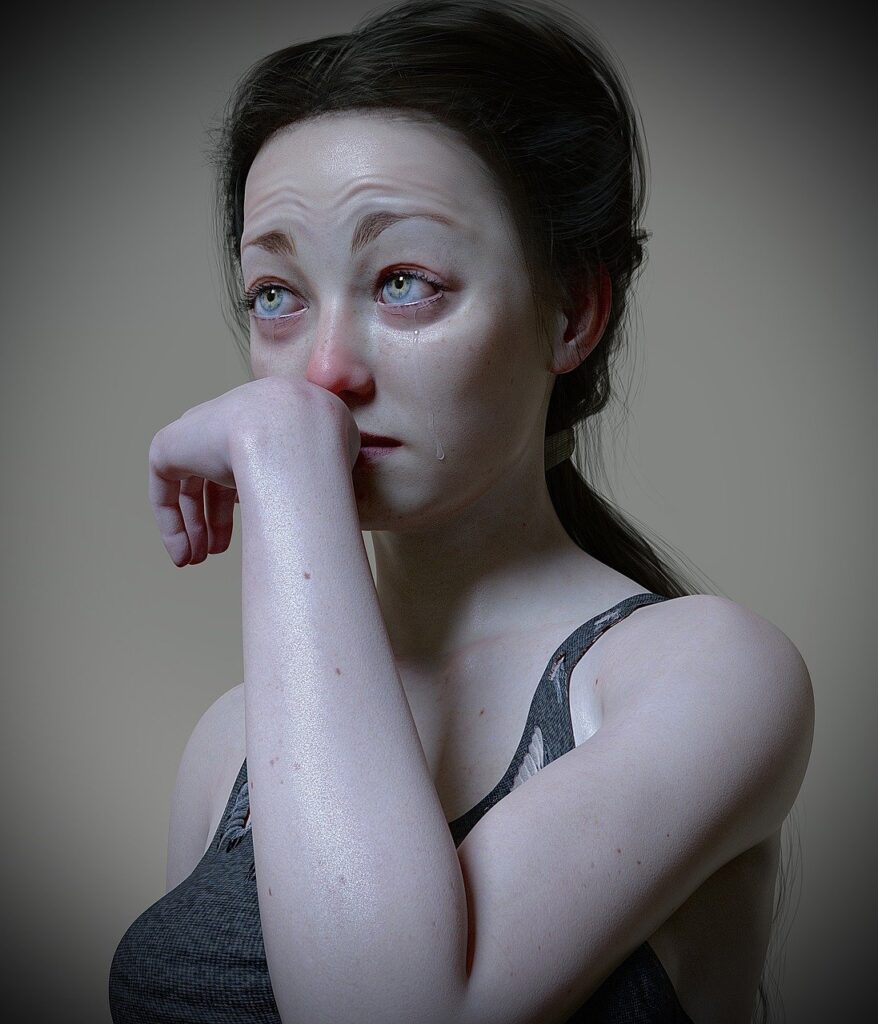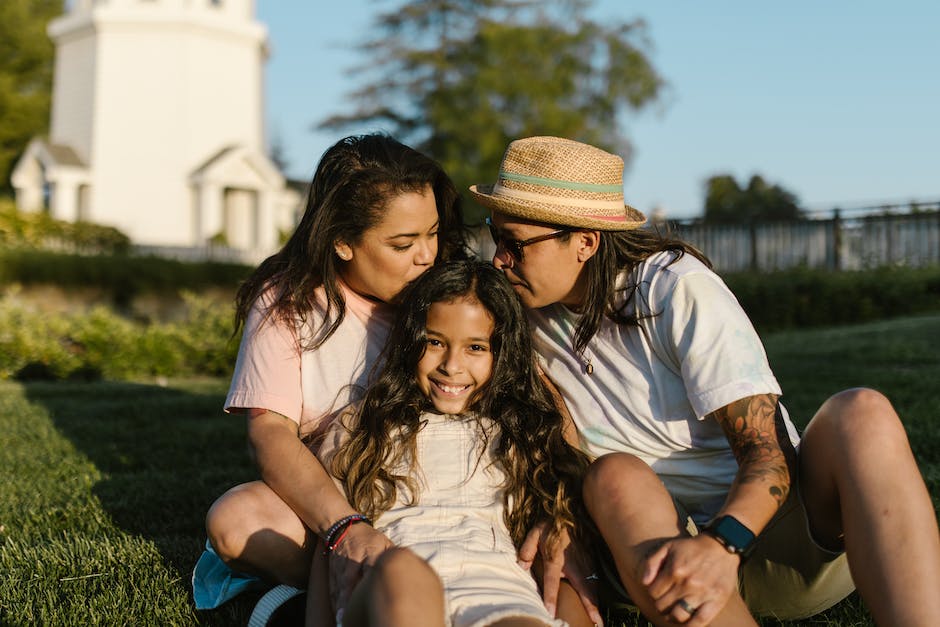
By Cheryl Platzman Weinstock, KFF Health News
Heart Butte, Montana, which lies on the Blackfeet Indian Reservation, is pictured in 2019.Rion Sanders/Great Falls Tribune/USA Today NetworkKFF Health News —
Editor’s Note: If you or someone you know may be experiencing a mental health crisis, contact the 988 Suicide & Crisis Lifeline by dialing or texting “988.” To reach the Native and Strong Lifeline, call “988” and press 4.
Amanda MorningStar has watched her children struggle with mental health issues, including suicidal thoughts. She often wonders why.
“We’re family-oriented and we do stuff together. I had healthy pregnancies. We’re very protective of our kids,” said MorningStar, who lives in Heart Butte, Montana, a town of about 600 residents on the Blackfeet Indian Reservation.
Yet despite her best efforts, MorningStar said, her family faces a grim reality that touches Native American communities nationwide. About a year ago, her 15-year-old son, Ben, was so grief-stricken over his cousin’s suicide and two classmates’ suicides that he tried to kill himself.
“Their deaths made me feel like part of me was not here. I was gone. I was lost,” said Ben MorningStar.
He spent more than a week in an inpatient mental health unit, but once home, he was offered sparse mental health resources.
Non-Hispanic Indigenous people in the United States die by suicide at higher rates than any other racial or ethnic group, according to the Centers for Disease Control and Prevention. The suicide rate among Montana’s Native American youth is more than five times the statewide rate for the same age group, according to the Montana Budget and Policy Center. Montana ranked third-worst among states for suicide deaths in 2020, and 25% of all suicides in the state from 2017 through 2021 were among Native Americans, even though they represent only 6.5% of the state’s population.
Despite decades of research into suicide prevention, suicide rates among Indigenous people have remained stubbornly high, especially among Indigenous people ages 10 to 24, according to the CDC. Experts say that’s because the national strategy for suicide prevention isn’t culturally relevant or sensitive to Native American communities’ unique values.
Suicide rates have increased among other racial and ethnic minorities, too, but to lesser degrees.
Systemic issues and structural inequities, including underfunded and under-resourced services from the federal Indian Health Service, also hamper suicide prevention in Indigenous communities. “I worried who was going to keep my son safe. Who could he call or reach out to? There are really no resources in Heart Butte,” said Amanda MorningStar.
Ben MorningStar said he is doing better. He now knows not to isolate himself when problems occur and that “it is OK to cry, and I got friends I can go to when I have a bad day. Friends are better than anything,” he said.
His twice-a-month, 15-minute virtual telehealth behavioral therapy visits from IHS were recently reduced to once a month.
#James Donaldson notes:Welcome to the “next chapter” of my life… being a voice and an advocate for #mentalhealthawarenessandsuicideprevention, especially pertaining to our younger generation of students and student-athletes.Getting men to speak up and reach out for help and assistance is one of my passions. Us men need to not suffer in silence or drown our sorrows in alcohol, hang out at bars and strip joints, or get involved with drug use.Having gone through a recent bout of #depression and #suicidalthoughts myself, I realize now, that I can make a huge difference in the lives of so many by sharing my story, and by sharing various resources I come across as I work in this space. #http://bit.ly/JamesMentalHealthArticleFind out more about the work I do on my 501c3 non-profit foundationwebsite www.yourgiftoflife.org Order your copy of James Donaldson's latest book,#CelebratingYourGiftofLife: From The Verge of Suicide to a Life of Purpose and Joy
www.celebratingyourgiftoflife.com
Link for 40 Habits Signupbit.ly/40HabitsofMentalHealth
If you'd like to follow and receive my daily blog in to your inbox, just click on it with Follow It. Here's the link https://follow.it/james-donaldson-s-standing-above-the-crowd-s-blog-a-view-from-above-on-things-that-make-the-world-go-round?action=followPub
Mary Cwik, a psychologist and senior scientist at the Center for Indigenous Health at Johns Hopkins Bloomberg School of Public Health in Baltimore, said the systemic shortcomings MorningStar has witnessed are symptoms of a national strategy that isn’t compatible with Indigenous value systems.
“It is not clear that the creation of the national strategy had Indigenous voices informing the priorities,” Cwik said.
The cause of high suicide rates in Indigenous communities is complex. Native Americans often live with the weight of more adverse childhood experiences than other populations — things such as emotional, physical, and sexual abuse, intimate partner violence, substance misuse, mental illness, parental separation or divorce, incarceration, and poverty.
Those adverse experiences stack upon intergenerational trauma caused by racial discrimination, colonization, forced relocation, and government-sanctioned abduction to boarding schools that persisted until the 1970s.
“There’s no way that communities shaped by these forces for so long will get rid of their problems fast by medical services. A lot of people in Indian Country struggle to retain hope. It’s easy to conclude that nothing can fix it,” said Joseph P. Gone, a professor of anthropology and global health and social medicine at Harvard University and member of the Gros Ventre (Aaniiih) tribal nation of Montana.
Most tribal nations are interested in collaborative research, but funding for such work is hard to come by, said Gone. So is funding for additional programs and services.
Stephen O’Connor, who leads the suicide prevention research program at the Division of Services and Intervention Research at the National Institute of Mental Health, said, “Given the crisis of suicide in Native American populations, we need more funding and continued sustained funding for research in this area.”
Getting grants for scientific research from NIMH, which is part of the National Institutes of Health, can be challenging, especially for smaller tribes, he said.
Amanda MorningStar says her family faces a grim reality that touches Native Americans nationwide. About a year ago, her son was so grief-stricken over his cousin's and two classmates' suicides that he tried to kill himself. (Amanda MorningStar)Amanda MorningStar
Officials at the NIMH and the Substance Abuse and Mental Health Services Administration said that they continue to build research partnerships with tribal nations and that they recently launched new grants and multiple programs that are culturally informed and evidence-based to reduce suicide in tribal communities.
NIMH researchers are even adjusting a commonly used suicide screening tool to incorporate more culturally appropriate language for Indigenous people.
Teresa Brockie, an associate professor at Johns Hopkins School of Nursing, is one of a small but growing number of researchers, many of whom are Indigenous, who study suicide prevention and intervention strategies that respect Indigenous beliefs and customs. Those strategies include smudging — the practice of burning medicinal plants to cleanse and connect people with their creator.
Without this understanding, research is hampered because people in tribal communities have “universal mistrust of health care and other colonized systems that have not been helpful to our people or proven to be supportive,” said Brockie, a member of Fort Belknap reservation’s Aaniiih Tribe.
Brockie is leading one of the first randomized controlled trials studying Indigenous people at Fort Peck. The project aims to reduce suicide risk by helping parents and caregivers deal with their own stress and trauma and develop positive coping skills. It’s also working to strengthen children’s tribal identity, connectivity, and spirituality.
In 2015, she reported on a study she led in 2011 to collect suicide data at the Fort Peck reservation in northeastern Montana. She found that adverse childhood experiences have a cumulative effect on suicide risk and also that tribal identity, strong connections with friends and family, and staying in school were protective against suicide.
In Arizona, Cwik is collaborating with the White Mountain Apache Tribe to help leaders there evaluate the impact of a comprehensive suicide surveillance system they created. So far, the program has reduced the overall Apache suicide rate by 38.3 % and the rate among young people ages 15 to 24 by 23%, according to the American Public Health Association.
Several tribal communities are attempting to implement a similar system in their communities, said Cwik.
Still, many tribal communities rely on limited mental health resources available through the Indian Health Service. One person at IHS is tasked with addressing suicide across almost 600 tribal nations.
Pamela End of Horn, a social worker and national suicide prevention consultant at IHS, said the Department of Veterans Affairs “has a suicide coordinator in every medical center across the U.S., plus case managers, and they have an entire office dedicated to suicide prevention. In Indian Health Service it is just me and that’s it.”
End of Horn, a member of the Oglala Lakota Sioux Tribe of the Pine Ridge Indian Reservation in South Dakota, blames politics for the discrepancy.
“Tribal leaders are pushing for more suicide prevention programs but lack political investment. The VA has strong proactive activities related to suicide and the backing of political leaders and veterans’ groups,” she said.
It is also hard to get mental health professionals to work on remote reservations, while VA centers tend to be in larger cities.
Even if more mental health services were available, they can be stigmatizing, re-traumatizing, and culturally incongruent for Indigenous people.
Many states are using creative strategies to stop suicide. A pilot project by the Rural Behavioral Health Institute screened more than 1,000 students in 10 Montana schools from 2020 to 2022. The governor of Montana is hoping to use state money to expand mental health screening for all schools.
Experts say the kinds of strategies best suited to prevent suicide among Native Americans should deliver services that reflect their diversity, traditions, and cultural and language needs.
That’s what Robert Coberly, 44, was searching for when he needed help.
Coberly began having suicidal thoughts at 10 years old.
“I was scared to live and scared to die. I just didn’t care,” said Coberly, who is a member of the Tulalip Tribes.
He suffered in private for nearly a decade until he almost died in a car crash while driving drunk. After a stay at a rehabilitation center, Coberly remained stable. Years later, though, his suicidal thoughts came rushing back when one of his children died. He sought treatment at a behavioral health center where some of the therapists were Indigenous. They blended Western methodologies with Indigenous customs, which, he said, “I was craving and what I needed.”
Part of his therapy included going to a sweat lodge for ritual steam baths as a means of purification and prayer.
Coberly was a counselor for the Native and Strong Lifeline, the first 988 crisis line for Indigenous people. He is now one of the crisis line tribal resource specialists connecting Indigenous people from Washington state with the resources they need.
“It’s about time we had this line. To be able to connect people with resources and listen to them is something I can’t explain except that I was in a situation where I wanted someone to hear me and talk to,” said Coberly.
Amanda MorningStar said she still worries about her son night and day, but he tries to reassure her.
“I go to sleep and wake up the next day to keep it going,” Ben MorningStar said. “I only get one chance. I might as well make the best of it.”
KFF Health News, formerly known as Kaiser Health News (KHN), is a national newsroom that produces in-depth journalism about health issues and is one of the core operating programs at KFF — the independent source for health policy research, polling, and journalism.
https://standingabovethecrowd.com/james-donaldson-on-mental-health-native-american-communities-have-the-highest-suicide-rates-yet-interventions-are-scarce/
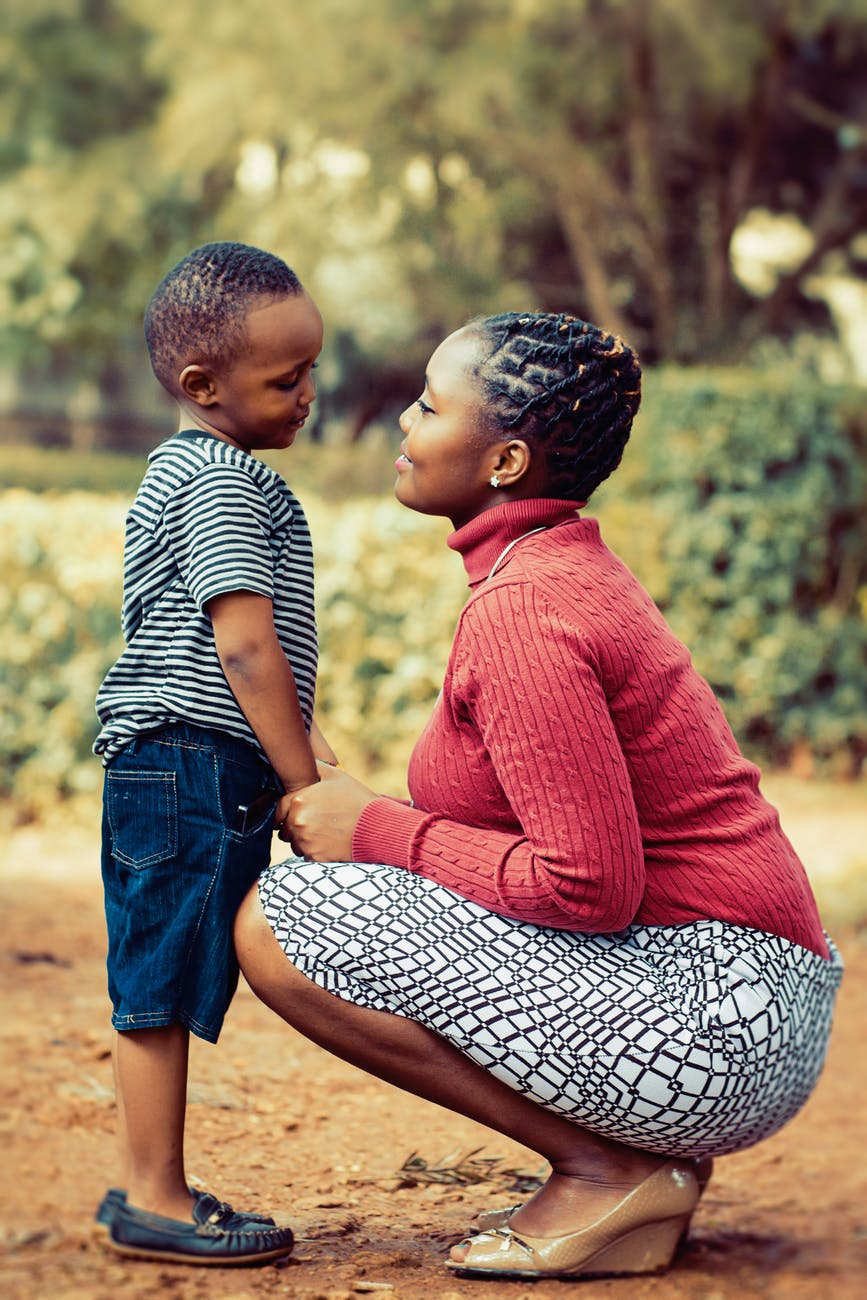

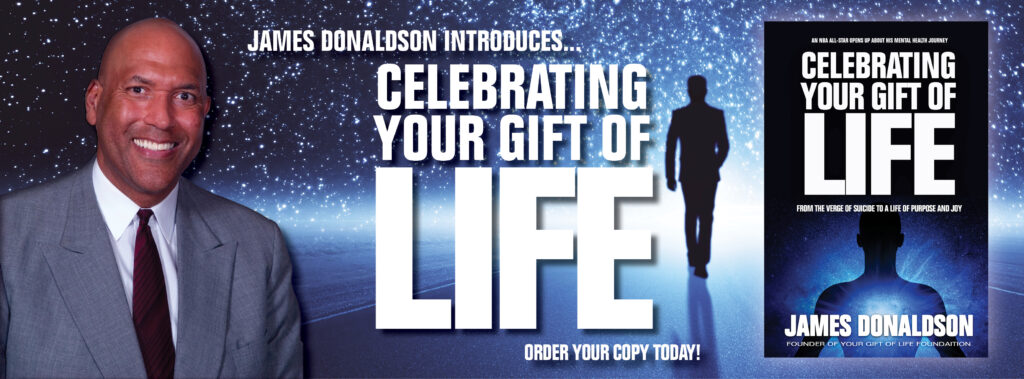
 Photo by Nicholas Githiri on Pexels.com
Photo by Nicholas Githiri on Pexels.com 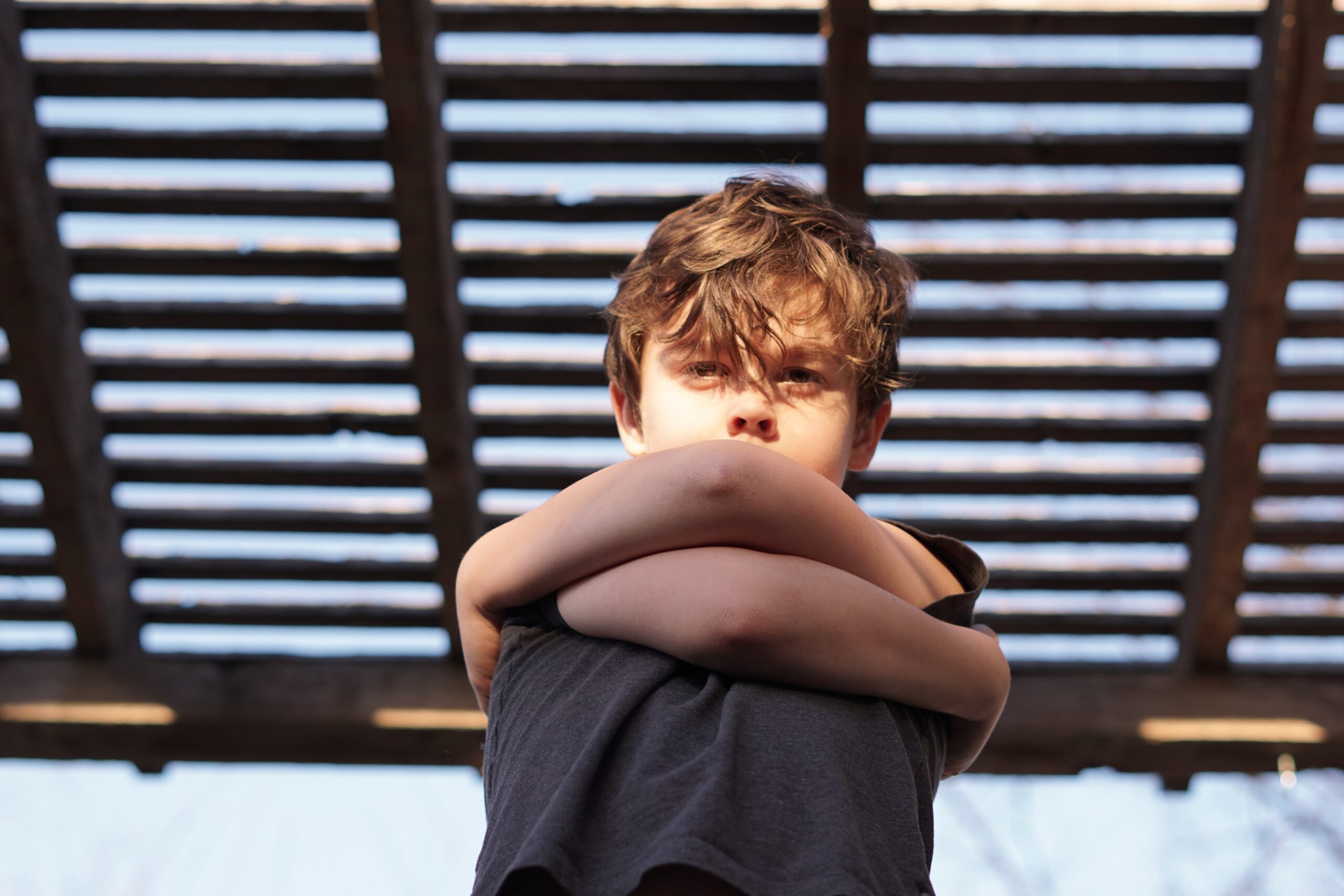

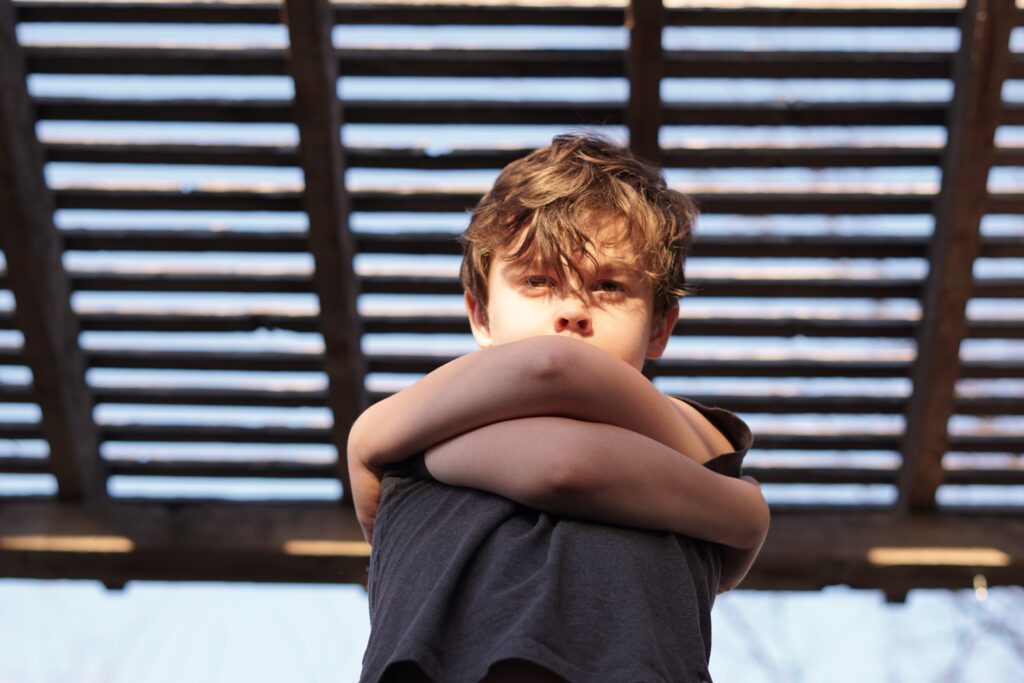

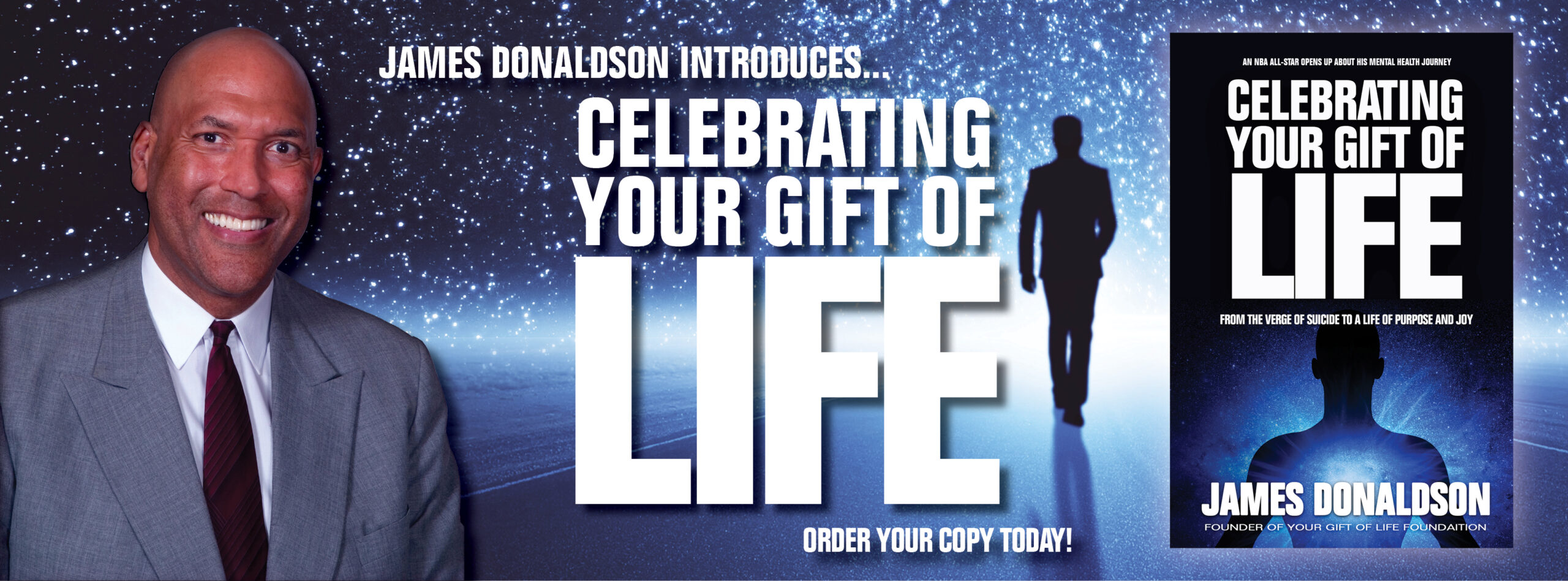
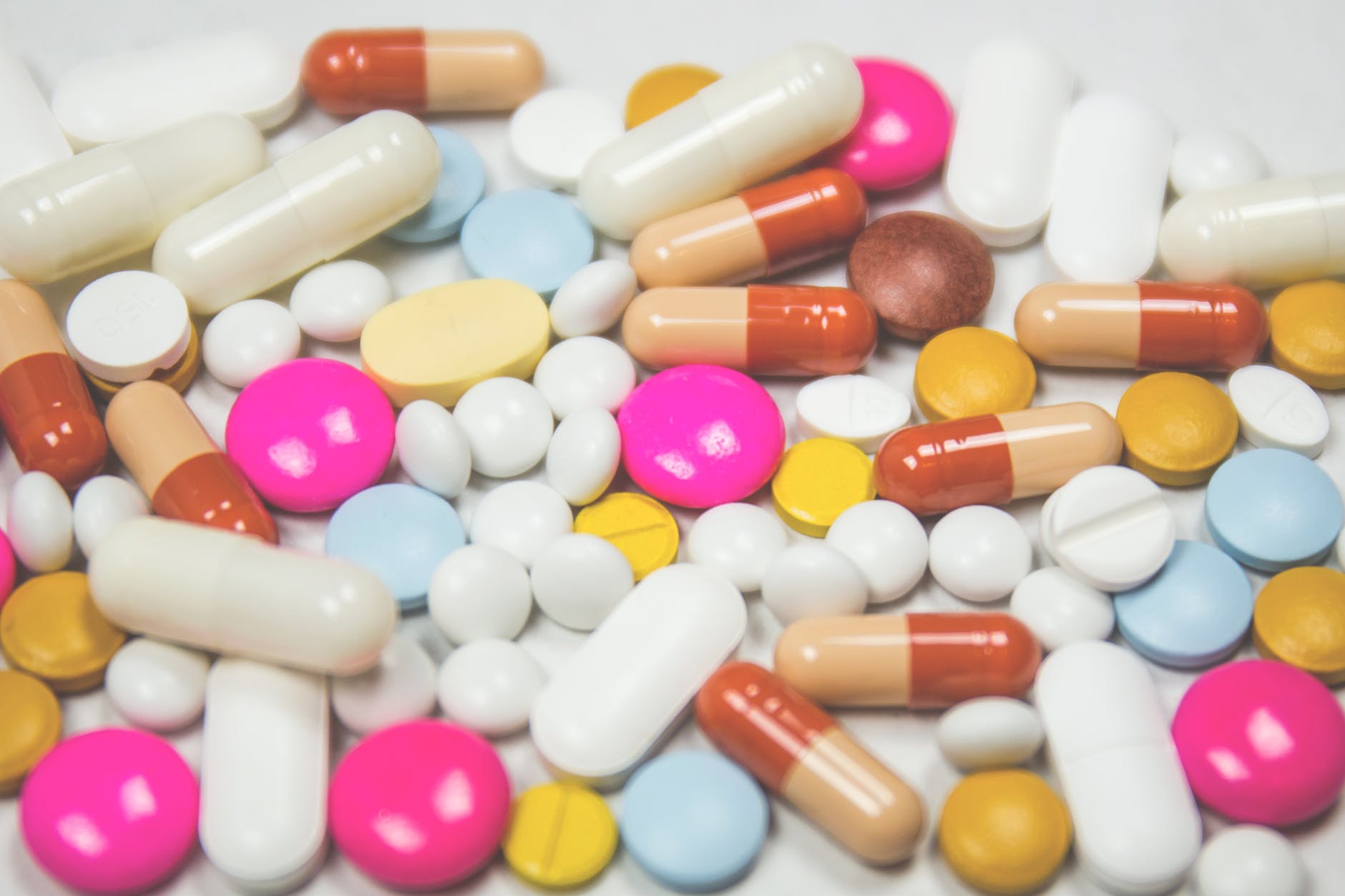


 David Powell
David Powell